McKeown Medical
167 Bath Street, Glasgow, G2 4SQ
Date posted — 24.04.25
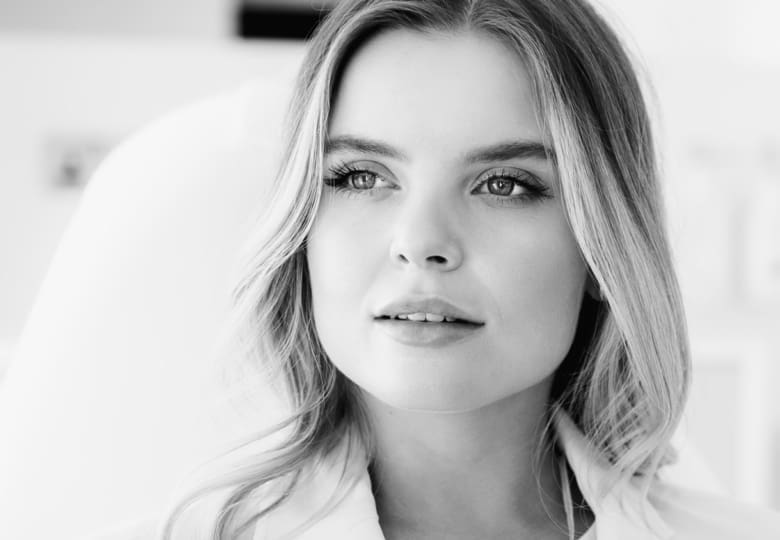
If you’re dealing with facial redness that never seems to go away—especially on your cheeks, nose, chin or forehead—you’re not alone. Many people experience ongoing skin sensitivity and flushing, but don’t know what’s behind it. Often, the culprit is a common skin condition known as rosacea.
Rosacea can be distressing due to its appearance, but it can also cause physical discomfort, such as soreness or itching. But the good news is, while rosacea used to be a frustrating and stubborn condition to manage, modern treatments like BBL laser treatment have made visible improvement more achievable than before.
Rosacea is a chronic inflammatory skin condition that primarily affects the central face. It causes visible redness and can also lead to bumps, visible blood vessels, sensitivity, and sometimes eye irritation.
Rosacea is more common than many realise—affecting around 1 in 10 people in the UK—and typically develops between the ages of 30 and 50. It’s most common in fair-skinned individuals and often runs in families.
There are several types of rosacea, including:
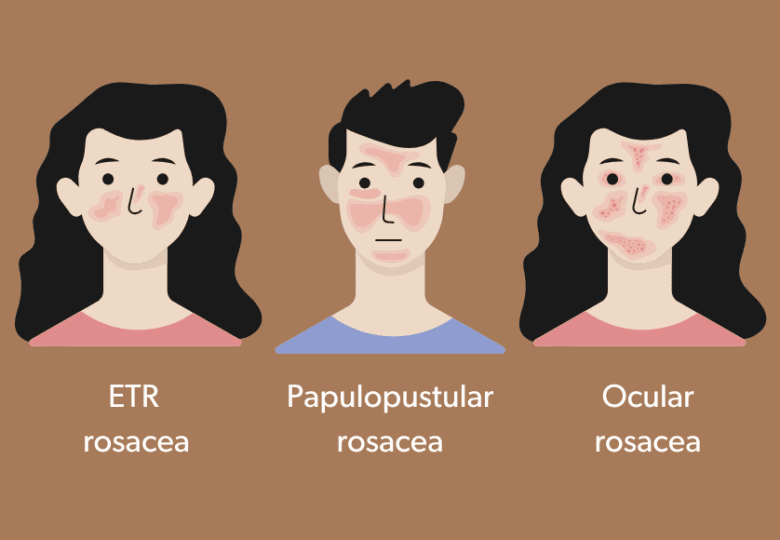
Rosacea symptoms can vary from one person to another. Common symptoms include:
Other, less common symptoms may include:
If you’re noticing any of these symptoms, especially facial redness that doesn’t fade, it might be time to speak to your doctor.
The exact cause of rosacea isn’t fully understood, but it’s believed to be a combination of genetics, immune system factors, and environmental triggers.
Common rosacea triggers include:
Learning your individual triggers can help you manage flare-ups and reduce the severity of symptoms.
While rosacea can’t be cured, there are many self-help techniques that can reduce flare-ups and help you feel more in control:
These holistic strategies can calm symptoms and reduce inflammation, but may not be enough to remove visible redness entirely. That’s where advanced medical treatments can make a difference.
At McKeown Medical, we offer clinically proven treatment options to tackle rosacea and improve the appearance of your skin.
One of the most effective and popular treatments is BBL laser therapy (BroadBand Light). This advanced technology targets redness and broken blood vessels while stimulating the skin’s natural healing process.
BBL treatment is:
Most patients need an initial corrective series of treatment to improve their skin. We then usually recommend maintenance sessions every 3-6 months, depending on the severity of your condition to prevent recurrence.
Facial redness doesn’t have to be a lifelong struggle. With the right care and expert treatment, many people see a significant reduction—or even removal—of their rosacea symptoms.
At McKeown Medical, we’ve helped countless patients regain their confidence through personalised rosacea treatments, including BBL laser therapy. If you’re unsure what’s causing your redness, or you’re ready to take the first step toward clearer skin, we’re here to help.
Want to see real patient transformations? Check out our gallery for examples of our results.
If you’re ready to say goodbye to redness, book a consultation with our experts today. We’ll help you choose the best treatment plan for your skin.
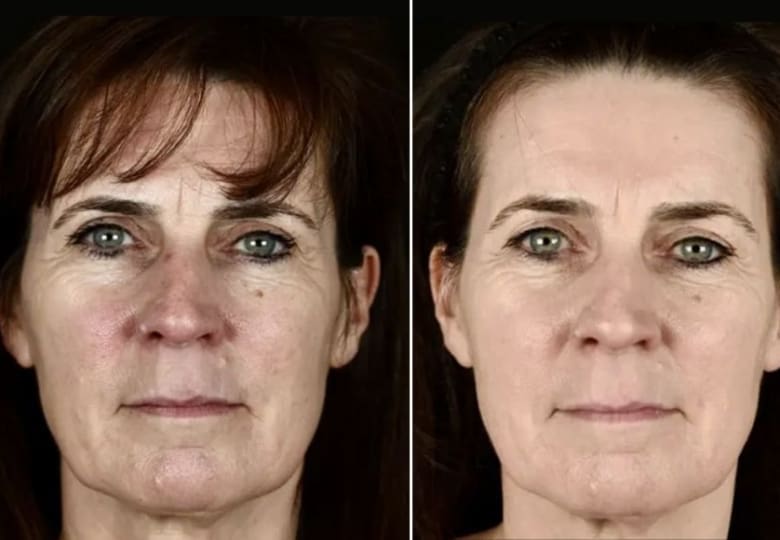
An example of a patient before and after treatment at McKeown Medical

At McKeown Medical, our philosophy is simple:
We only offer treatments that genuinely work—and we only know that by...
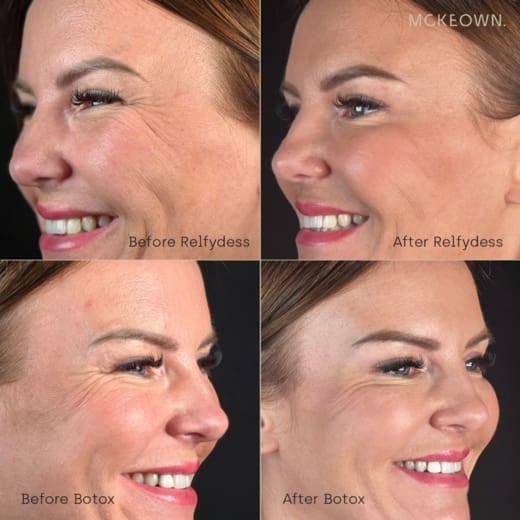
When a new wrinkle-relaxing treatment comes to market, it often generates a lot of buzz but at McKeown Medical, we...
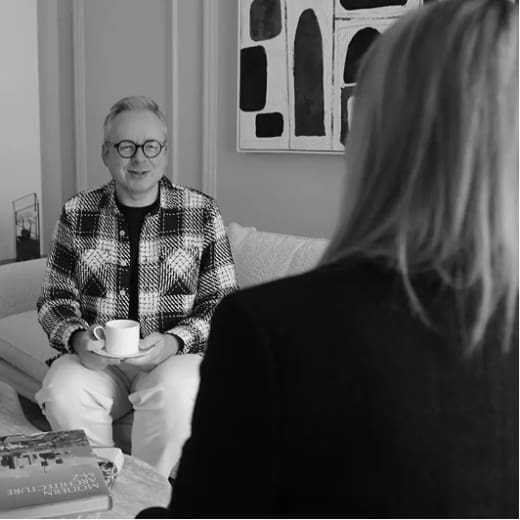
Think varicose vein treatment is painful, risky, or ineffective? Discover the truth as we debunk 5 common myths and reveal...
1 / 3
2 / 3
3 / 3

At McKeown Medical, our philosophy is simple:
We only offer treatments that genuinely work—and we only know that by...

When a new wrinkle-relaxing treatment comes to market, it often generates a lot of buzz but at McKeown Medical, we...

Think varicose vein treatment is painful, risky, or ineffective? Discover the truth as we debunk 5 common myths and reveal...
What a lovely experience. I am delighted with my results. Much better than I expected. Dr McKeown is a genuine down to earth person and explained everything to me before my procedure. Thanks again. Would recommend this clinic to anyone looking for a cosmetic procedure. I intend to come back in a few months’ time for further treatment.
Rosemary Grant January 2024
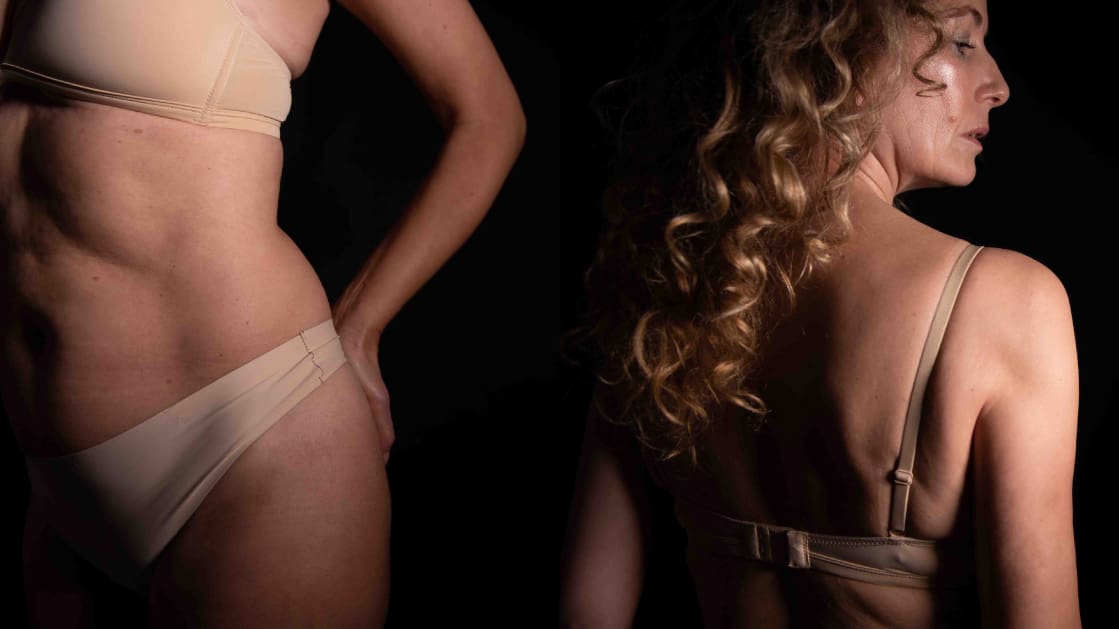
We’ve been in our new home for a year now and I thought this would be a good time to remind you just how special it is with a little video tour.
It’s been a remarkable year for us in our new home; we’ve introduced new doctors, new treatments, new services and our team continues to grow from strength to strength - always striving to provide more and better for our wonderful patients.
Enjoy the tour!

About last night… It was time once again for our annual Christmas celebration with this absolute bunch of legends. We were a little earlier than usual this year so we could have has many people available as possible, and the evening did not disappoint.
A few sore heads this morning, but absolutely worth it to celebrate the hard work this team dedicate to our patients day in, day out all year round. I am very proud to have the undisputed best team on the planet. Merry Christmas everyone! 🎄

Fine lines etched into the skin around the mouth - this is a common problem and in this patient`s case she had what we call ‘actinic elastosis’, whereby abnormal bands of elastin build up in the skin as a result of years of previous sun exposure.
When patients have this condition, the gold standard way of dealing with it is fully ablative laser resurfacing. It’s an intense treatment with two weeks of downtime afterwards, but the results are spectacular - just like in this lovely patient.
The after photo is three weeks after the treatment and you can see that the skin is still a little pink, which will continue to fade over the next few months.
The patient is already delighted with the result - what do you think?

It’s beginning to look a lot like Christmas!
At least according to Michael Buble, who’s been on repeat in the clinic this week. The decorations are up and we are officially in ‘our season’. The clinic has been packed with everyone having their skin polished in time to make it on the nice list. If you’ve still to make a pre-Christmas appointment, we’ve still got some spaces left for your festive glow up.
Ho ho ho everyone… It’s time for Santa!!!! 🎅🏻

Ok, so this is the one we’ve all been waiting for. Sofwave : the results, in our hands!!!
This is the first patient we treated with @sofwave.uk when we were assessing the machine and deciding whether or not to buy it. These are the patient`s own photos that she kept throughout the healing journey.
Now do you see why we are so excited?! 🤩
#sofwave
#sofwavemed
#SUPERB
#sofwavemedical
#sofwavejourney
#sofwaveexperience

We are now well up and running with @sofwave.uk , much to the excitement of the whole team in the clinic (we are all queuing up to get a shot!)
This is a little video of the treatment being performed, so you can see what the process is like and there is even a little early preview of the results at the end.
One of the best parts is that there is no downtime, so we can still fit it in before Christmas without worrying about redness in the party season!
What do you think?
#sofwave
#sofwavemed
#SUPERB
#sofwavemedical
#sofwavejourney
#sofwaveexperience

We`re absolutely delighted to introduce you to our lovely new doctor, Dr Sharon.
With over 30 years’ experience as a medical doctor and a decade specialising in aesthetic medicine, Dr Sharon brings exceptional skill, warmth and a deeply patient-centred approach to every treatment.
She joins us with extensive expertise in injectables, including advanced toxin and filler techniques, and will also be leading our regenerative aesthetics offering with Ameela polynucleotides and Ameela Exosomes - two of the most exciting developments in skin rejuvenation. She will also be offering Profhilo and Profhilo Structura!

We have a super exciting new addition to the clinic this week, with the launch of @sofwavemed.
Sofwave is an incredible skin tightening technology that has been around for five years now. I am never first to the queue with new devices because so many don’t deliver and disappear within a couple of years of launch. Sofwave however has continued to grow in popularity over the years and earlier this year I decided I had to find out what all the fuss was about.
I asked the reps to bring it round for us to play with and we treated a few of our patients to see what the results were like and, three months later not only was I signing the purchase order I was asking how quickly I could get one of the reps round to treat me 😊
Sofwave works using ultrasound waves to create a thermal injury to the deeper layers of the skin, initiating a healing response which over a period of several months results in a skin tightening effect.
I have trialled a number of ultrasound devices in the past and have never bought any of them because I was always disappointed in the results. There are a couple of things that I think makes Sofwave different.
First, it only goes to 1.5mm which means all of the energy is being delivered to the skin. Most other devices go down to 3 or 4mm, by which point you are past the skin and into the fat which can, if anything, have a worsening effect on volume loss. The second difference that I think is important is that it treats a bigger proportion of the surface area of the skin.
We have a new page on our website where you can read all about Sofwave and how it works, but for now, enjoy some of these before and afters that the manufacture supplied.
Let me know what you think!

Lower eyelid surgery is one of the more challenging operations in aesthetic practice. If we can avoid it, we normally try to help our patients chose non-surgical paths using laser or fillers.
However, there are some situations where it can’t be avoided, especially when there is excess fat under the eye causing puffiness. This is exactly what this patient had and so the very talented @bramhallplasticsurgery performed an upper and lower blepharoplasty for him. Whilst we often do the upper eyelids without doing the lower eyelids, usually when we do the lower eyelids we always need to do the uppers too.
This patient is now a couple of months out from surgery and loving his result. What do you think?
